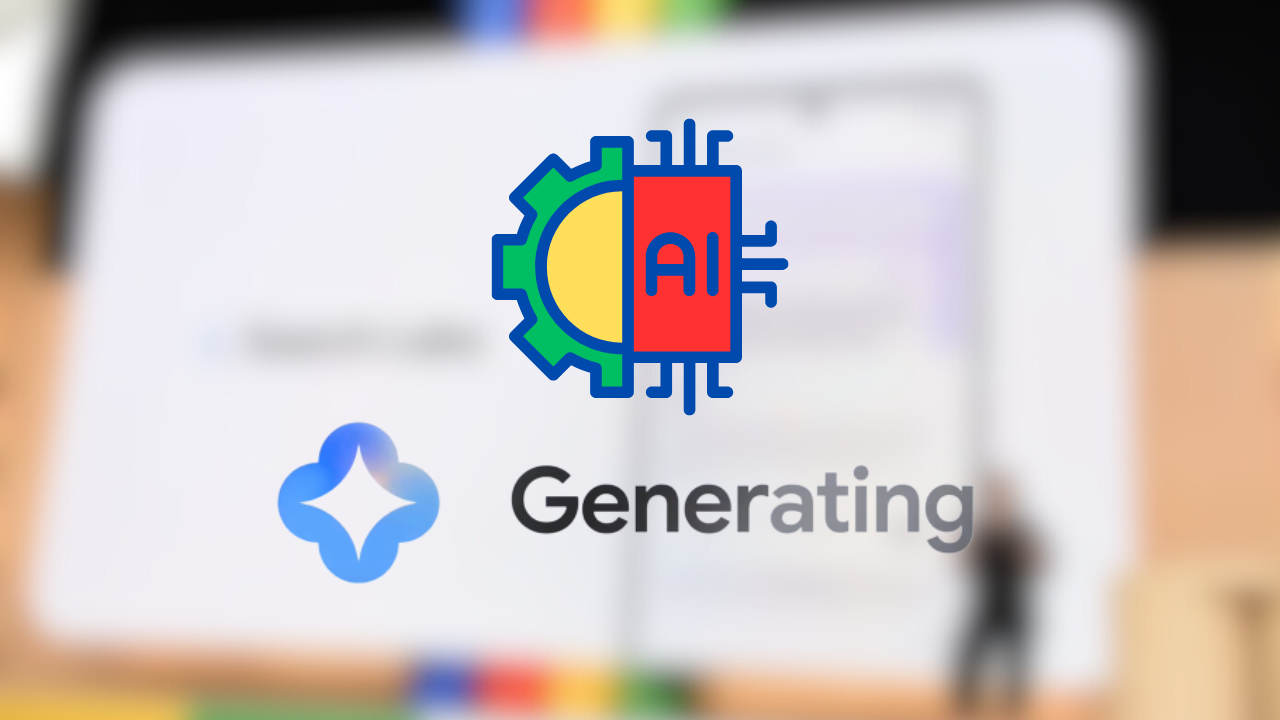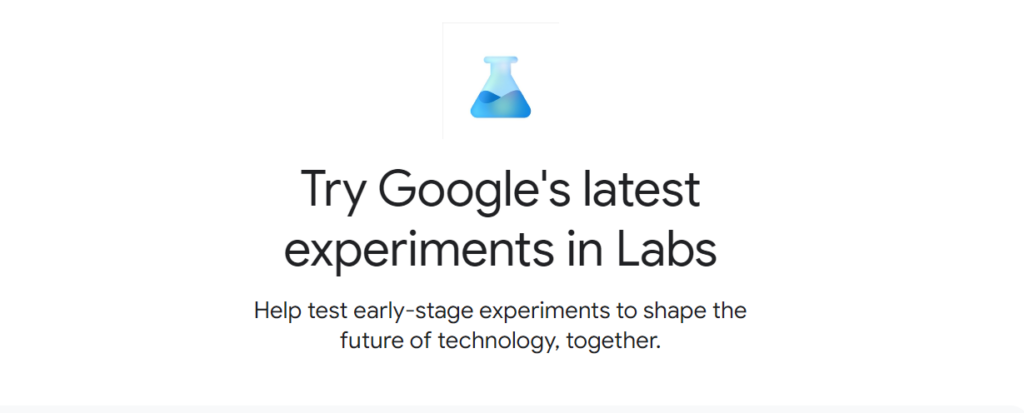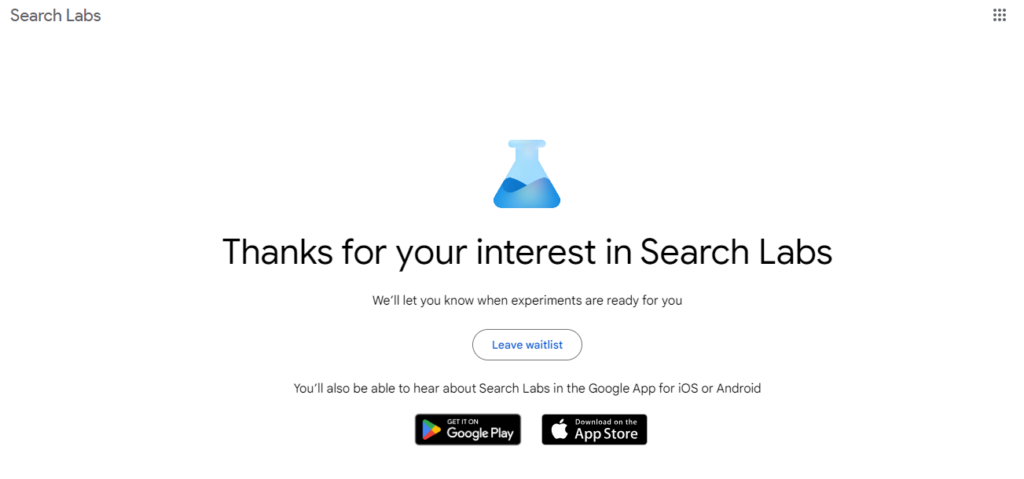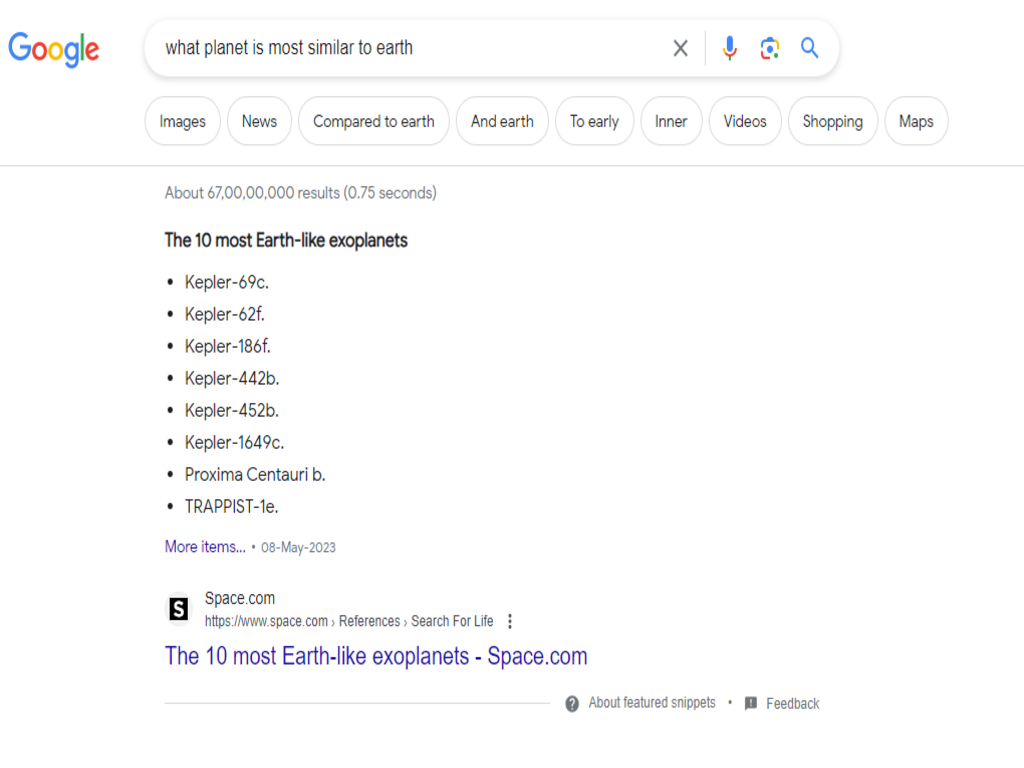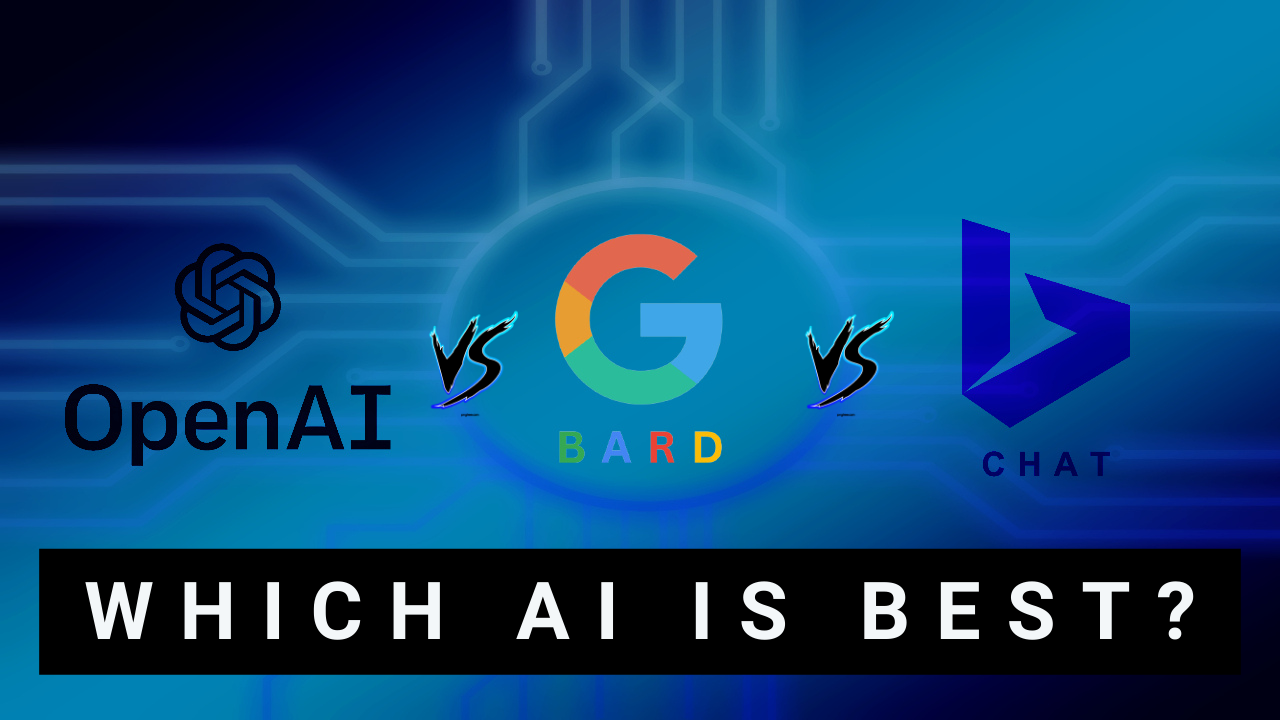Google search engine has regularly introduced new algorithm updates to make improvements over the old ones to provide the best quality search results. Search Generative Experience is one of the latest features to be introduced by the company. In this post, we shall explain all about this SGE feature.
This feature helps in further refining the search results based on some other parameters like the search pattern and history of a user, location, etc. Here the search results page also lists out questions and answers with relevant page links for the related search terms typed by the users.
It helps the users in saving a lot of time as it broadens their scopes of search in seconds. The idea is to improve the search experience by offering more personalized results, predictions, and recommendations.
What Is Google’s Search Generative Experience?
This SGE feature is powered by AI and deep machine learning. It learns the patterns, intent, and behavior of search performed by a user and provides more than the list of sites. The search algorithm also pulls out results of related search terms. It is highly responsive and works as an excellent personal recommendation tool because the user will not have to work on using many phrases in the search box to reach the best results.
Here are a few ways in which the Search Generative Experience can be useful to the users:-
- Personalized search results: By using machine learning algorithms, Google can analyze a user’s search history, location, and behavior on the platform to generate personalized search results. All this happens within a second and the results will be highly relevant.
- Intelligent autocomplete: Google’s autocomplete feature suggests popular search terms as users begin typing their queries. Here it prompts the continuation of words or phrases while typing in the search box. Users can avoid spelling mistakes and save time.
- Voice search: Google’s voice search enables users to search for information by speaking into their devices. This is especially helpful for hands-free searches when driving or multitasking.
- Related searches: If a user’s initial search query doesn’t yield the desired results, Google can suggest related searches to help users refine their queries and find the information they need.
The Search Generative Experience feature is available for users on all devices, ranging from smartphones to PCs.
How To Get Access to Google SGE?
SGE feature on Google is still in its experimental stage, so it is not available for all users or in all regions it’s only available for United State users. To Get access you need to sign up for Search Lab Waitlist. (For users outside of United State use any VPN and then connect to any US location and then signup for waiting list) The feature SGE is also available in Google App [Android and iOS users] and Google Chrome [Desktop users]. Once approval is done google sends a welcome notification email and you can get started with the Search Lab.
On the Search Lab page, you will find SGE and other experimental features including Add to Sheets and Code Tips. On enabling SGE, you will view AI conversation prompts appearing below the search bar. Here, you can start asking questions or request for information.
How do Google SGE results differ from traditional search results?
Google’s search generative experience is a new approach to presenting search results that is distinct from traditional search results. The generative experience results use machine learning and AI to create a more visual and engaging search experience. Instead of a simple list of links, the generative experience results present information in a variety of formats, such as images, videos, maps, and answers to questions.
RankBrain is a search algorithm that is powered by AI. It works on the principle of machine learning where the machine tries to understand the context and intent behind the specific search phrases that the users type. It tries to determine the best meaning according to the context of a specific user and provides highly accurate search results.
One advantage of the generative experience results is that they offer more context and information upfront, which can help users quickly find answers to their questions or discover new information. They also provide a more visually appealing and interactive search experience, which can make searching more enjoyable and engaging.
In contrast, traditional search results rely heavily on keyword matching and ranking algorithms which tend to favor pages with high amounts of backlinks and exact match keywords. However, traditional search results still have their advantages. The results gave out a wide range of results and provided more elaborate information. Moreover, people had become familiar with it with many years of usage. Both search types have their own set of pros and cons under various search contexts.
- Traditional Search Result
- Generative Search AI Result
Is Google’s SGE feature going to compete with BARD, ChatGPT, and Other AI?
Google SGE, Chat GPT (GPT-3), and BARD are all AI systems but are used for different purposes.
- The Google AI search algorithm is designed to retrieve the most relevant results for a given search query based on a combination of factors, such as keyword relevance, popularity, quality of content, user location, and search history. The AI search algorithm of Google is capable of making predictions of related search queries while processing huge amounts of data. In addition to giving out relevant search results, it also gives out questions and prompts with related website links that can be useful to that user.
- Chat GPT is a language-generation AI model that can simulate human-like conversation. It can generate text based on a given input prompt, whether it is answering a question, summarizing a paragraph or even writing a creative piece. It can also be trained on specific tasks through supervised learning.
- BARD AI is designed to simulate human conversations using natural language processing and machine learning. It combines knowledge from all across the internet with intelligence and creativity. The goal of BARD is to allow writers to work together with generative AI to supercharge their imagination, boost productivity, and bring ideas to life through natural language processing and machine learning
While all three Google AI search generative experiences, Chat GPT and BARD AI utilize artificial intelligence technology, their purpose and scope are different. Google AI search generative experience is meant for broad information retrieval, while Chat GPT simulates human-like conversation and BARD AI is designed to assist writers in creating engaging content.
In terms of, competition with different AIs…
Google’s Search Generative Experience is designed to enhance the search experience by providing more accurate and relevant search results using natural language processing technology. While it may have some similarities with other AI technologies like BARD AI and Chat GPT, its main focus is on search, rather than generating text or having conversations like these other systems.
It is to be noted that Google is competing with many other big tech companies that specialize in search technology. Almost all of them are powered by machine learning and AI these days. We can expect more new features and innovations aimed at offering the best experience to the search users.
Also Read:- Chat GPT vs Google Bard vs Bing Chat – Which AI Is Good?
Conclusion
The Search Generative Experience gets a big thumbs-up from us as it revolutionizes search and offers personalized and accurate results. And with features such as automatic suggestions, voice search, and personalized recommendations, the search experience is continuously evolving to better serve its users. For those seeking knowledge or looking to solve problems, Google’s search generative experience remains an indispensable resource.

